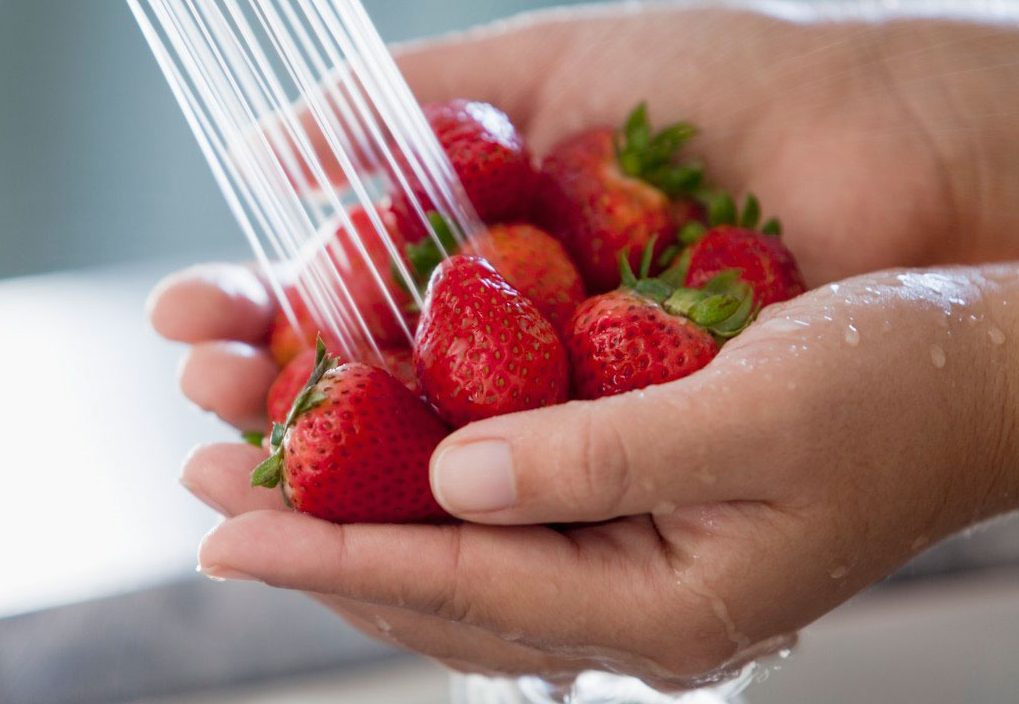Functional Foods May Replace Your Doctor’s Prescription Pad

Your best move to prevent health problems is to change your diet, adding more colorful vegetables and fruits, whole grains, and healthy proteins like fish and nuts.
The importance of what you eat is increasingly clear. Unhealthy diets are the top cause of illness in the United States, killing more than half a million people each year, according to the Federal Nutrition Research Advisory Group.
Nearly half of American adults and more than half of the nation’s children don’t eat well.
Yet if foods can harm, they can also heal. Your best move is to opt for a balanced diet. About half of your plate at most or all meals should include a variety of colorful vegetables and fruits, another quarter whole grains, and the balance a protein like fish, chicken, beans or nuts.
YOU MIGHT ALSO LIKE: Dietary Guidelines for Americans Through 2025
Some nutrient-packed foods can give you the biggest bang for your buck. Emphasize:
- Cruciferous vegetables (including Brussels sprouts, cauliflower, cabbage, kale, and broccoli)
- Dark-green leafy vegetables (spinach and kale)
- Citrus fruits
- Dark-colored berries
They’re all linked to better health.
Vitamin supplements probably won’t give you the results you need. During the 1980s and 90s, large-scale population studies tested whether antioxidants like vitamin E in supplements could benefit health. With the exception of vitamin D, the studies revealed individual supplements didn’t help — and sometimes even harmed — health.
These days, the broad consensus is that antioxidants and other beneficial nutrients help protect against some of our greatest killers — heart disease, cancer, diabetes, and even diseases of aging like Alzheimer's — but only, it seems, when consumed as whole fruits, vegetables, and grains.
Below, we explore the largest categories of powerhouse foods, along with a few standouts and some surprising no-longer-guilty pleasures.
Fruits
Although exotic fruits like acai berry get the most attention, supermarket staples —oranges, lemons, apples, pears, and bananas — are very good for you. Stick with whole fruits. You can have them fresh or flash frozen. Juice or canned fruits, which are often packed with sugar, can promote type 2 diabetes.
Some fruits are especially beneficial. An exception to the rule against juice is pomegranate juice (and the seeds themselves), which may help keep away inflammatory diseases like rheumatoid arthritis. Multiple studies suggest it can lower blood pressure, although the effects may wear off after two months.
Berries —strawberries, blackberries, raspberries, and cranberries — are functional superstars, with some of the highest levels of cancer- and inflammation-fighting compounds of any fruit.
Blueberries deserve special mention. A brain food, they may slow cognitive decline. Small wild blueberries may even be better than conventionally grown; research suggests they’re much higher in antioxidants.
Vegetables
The cruciferous family — kale, broccoli, bok choy, cauliflower, and cabbage — contains many healthy nutrients. These vegetables may be some of the most powerful cancer-fighters around.
Try working a variety of brightly colored vegetables into your diet weekly to help maintain a healthy weight, or even extend your life. In a 17-year study of more than 88,000 middle-aged Japanese with no history of cancer, heart attacks, or strokes, the men who ate the most cruciferous vegetables were less likely to die of cancer. Among women, cruciferous vegetables seemed to lower deaths from heart disease and stroke.
Whole grains
Foods made with whole grains — which include the bran, endosperm, and germ — reduce your risk of heart disease, diabetes, and some cancers. They also help control weight, perhaps helping you maintain healthy blood sugar levels while keeping you feeling full longer.
To work more whole grains into your diet, try whole-wheat or other whole-grain bread and pasta in everyday meals. Try rye bread or breads that contain several grains, which may include millet, barley, oats, and rye, along with wheat.
Replace white rice with quinoa, a nutritional standout. One cup contains 8 grams of protein and 5 grams of fiber.
Steel-cut (not instant) oatmeal is a great breakfast choice. Its beta glucan may reduce your risk of heart disease, while its soluble fiber helps lower cholesterol and keep blood sugar steady.
Even popcorn counts. For a delicious snack, top air-popped kernels with a half-tablespoon of olive oil.
Beans and lentils
Nature’s comfort food, legumes such as beans and lentils are a filling source of vegetable protein and fiber. Just one cup of garbanzo beans has 12 grams of fiber and 15 g of protein, quite a nutritional wallop.
Legumes reduce cholesterol as well as the risk of heart disease and diabetes. To reduce intestinal discomfort, soak dried beans or give canned beans a quick rinse before cooking.
Coffee, green tea, and chocolate
By now, everyone knows tea is good for you. But other plant-based foods, like coffee, have surprising benefits, too.
Green tea is also a powerful cancer-fighter, while dark chocolate lowers blood pressure and cholesterol and increases your insulin sensitivity. It could even help you fight stress. Just keep it to an ounce or less a day of chocolate with at least 70 percent cacao.
YOU MIGHT ALSO LIKE: Why Don’t Americans Eat More Fruits and Vegetables?
Updated:
January 23, 2024
Reviewed By:
Janet O’Dell, RN